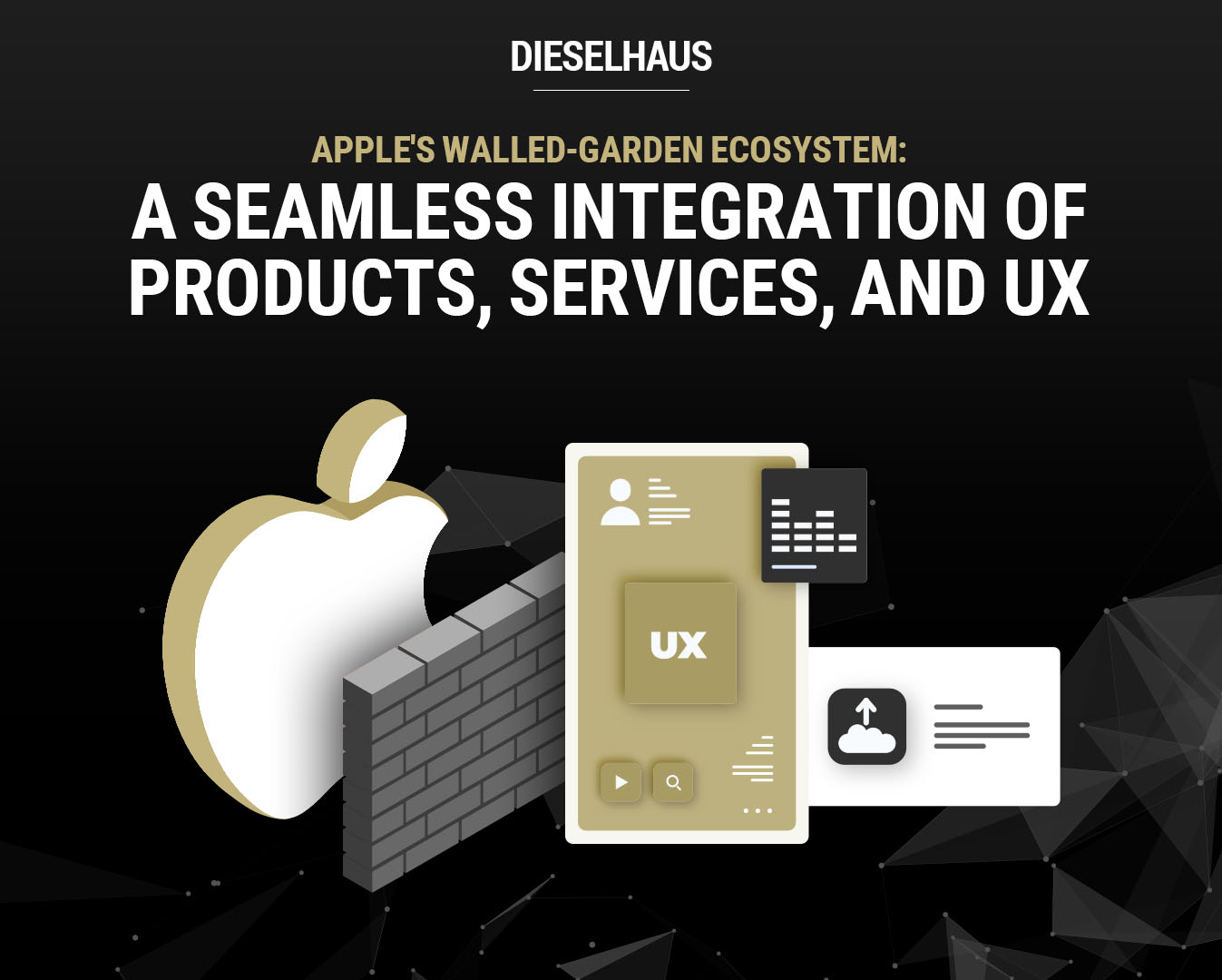
In the realm of technology, Apple has built an empire renowned for its unique and highly integrated ecosystem. The “walled garden” metaphor perfectly encapsulates the company’s approach, referring to Apple’s tightly controlled ecosystem that encompasses its products, services, and user experiences. This article explores the concept of Apple’s walled-garden ecosystem, examining its benefits, criticisms, and the impact it has on users.
The Pillars of the Walled-Garden Ecosystem
Apple’s ecosystem is built upon three key pillars: hardware, software, and services. The company designs and manufactures its own hardware, including the iconic iPhone, Mac computers, iPad tablets, and Apple Watch, ensuring tight integration between its devices and software. Apple’s proprietary operating systems, iOS, macOS, iPadOS, and watchOS, power these devices, enabling a consistent and seamless user experience across the entire product lineup.
Furthermore, Apple’s ecosystem extends to a wide range of services such as iCloud, Apple Music, Apple TV+, Apple Arcade, and Apple Pay. These services are intricately woven into the fabric of Apple’s ecosystem, enhancing the user experience and promoting a sense of cohesiveness. By offering an array of tightly integrated products, software, and services, Apple strives to create a harmonious and holistic user experience.
The Benefits of the Walled-Garden Approach
Apple’s walled-garden ecosystem offers several advantages for both the company and its users. Firstly, the tight integration between hardware and software allows for seamless performance and enhanced security. Since Apple controls both aspects, it can optimize the software to work efficiently with its hardware, ensuring a smooth and reliable experience. This integration also enables Apple to deliver timely updates, addressing vulnerabilities and introducing new features, thus enhancing user satisfaction and overall device longevity.
Secondly, Apple’s ecosystem fosters a consistent user experience across its entire product range. Whether transitioning from an iPhone to an iPad or using a Mac alongside an Apple Watch, users encounter a familiar interface and intuitive interactions. This consistency simplifies the learning curve, promotes user loyalty, and encourages cross-device integration, making it easy for users to access their data and content seamlessly.
Moreover, Apple’s tightly controlled ecosystem contributes to a safer and more secure environment. By carefully vetting apps and ensuring they meet strict standards, Apple minimizes the risk of malicious software infiltrating its ecosystem. This approach enhances user trust and mitigates potential security threats, leading to a more reliable and protected user experience.
Criticisms and Limitations
While Apple’s walled-garden ecosystem offers significant advantages, it is not without criticism. One of the primary criticisms revolves around Apple’s stringent control over its ecosystem, limiting user freedom and choice. For example, the company’s App Store policies have faced scrutiny, with developers and critics arguing that the stringent guidelines stifle innovation and impose arbitrary restrictions.
Another point of contention is the closed nature of the ecosystem, which can make it challenging for users to integrate Apple products with non-Apple devices and services. Interoperability with devices from other manufacturers or utilizing third-party software and services may be limited compared to more open ecosystems.
The Impact on Users
Apple’s walled-garden ecosystem undeniably offers a unique and cohesive user experience. For users who appreciate simplicity, reliability, and seamless integration, the ecosystem can be a compelling choice. The tight integration between hardware, software, and services streamlines tasks, reduces complexity, and provides a consistent experience, resulting in higher user satisfaction.
Additionally, the ecosystem encourages users to invest further in Apple’s products and services due to the inherent interoperability. Once users become immersed in the ecosystem, switching to a different platform can prove challenging, as it may require abandoning existing purchases, content, and a familiar user interface.
Conclusion
Apple’s walled-garden ecosystem stands as a testament to the company’s commitment to delivering an integrated, reliable, and user-centric experience. Through tight control over hardware, software, and services, Apple fosters seamless integration, enhanced security, and consistent user experiences across its product range. While criticisms exist regarding limited user freedom and closed nature, the benefits of Apple’s walled-garden approach, such as optimal performance, strong security, and cohesive experiences, have cultivated a loyal user base. As technology continues to evolve, Apple’s ecosystem remains a compelling option for those seeking a holistic and well-integrated user experience.
Get Started

















